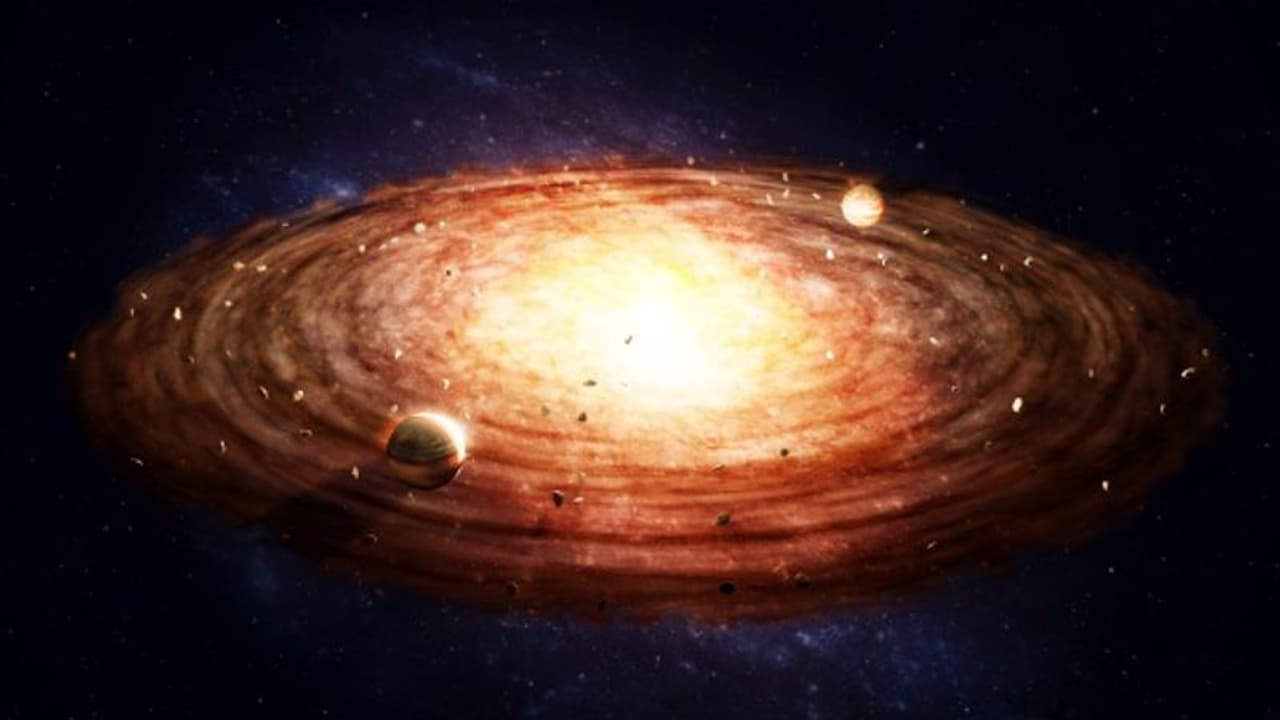The US Department of Defense, which is monitoring the satellite, expects the 660-pound spacecraft to re-enter the atmosphere at approximately 9:30 p.m. EDT (7 a.m. IST) on Wednesday, but the timings can vary.
NASA's retired satellite Reuven Ramaty High Energy Solar Spectroscopic Imager (RHESSI) is reportedly said to re-enter Earth's atmosphere on Wednesday (April 19), almost 21 years after its launch. However, the US space agency said that it does not present any threat to humans.

The RHESSI, launched in 2002, observed solar flares and coronal mass ejections from its low-Earth orbit, helping scientists understand the underlying physics of how such powerful bursts of energy are created. Afer 16 years, NASA decommissioned it in 2018, due to communications difficulties.
UAE-India flight fares fall ahead of Eid; Know How
The US Department of Defense, which is monitoring the satellite, expects the 660-pound spacecraft to re-enter the atmosphere at approximately 9:30 p.m. EDT (7 a.m. IST) on Wednesday, but the timings can vary.
While NASA expects most of the spacecraft to burn up as it travels through the atmosphere, some components are expected to survive re-entry.
In a statement, the agency said, "The risk of harm coming to anyone on Earth is low - approximately one in 2,467."
This was designed to scan the high-energy electrons that transport a significant portion of the energy generated in solar flares, and it was launched atop an Orbital Sciences Corporation Pegasus XL rocket.
Kuwait mulls to cancel more than 10,000 work permits of expats after Eid al-Fitr holidays
It achieved this with its sole instrument, an imaging spectrometer, which recorded X-rays and gamma rays from the Sun. Before RHESSI, no gamma-ray images nor high-energy X-ray images had been taken of solar flares.
The RHESSI data provided vital clues about solar flares and their associated coronal mass ejections. These events release the energy equivalent of billions of megatons of TNT into the solar atmosphere within minutes and can have effects on Earth, including the disruption of electrical systems.
During its mission tenure, RHESSI recorded more than 1,00,000 X-ray events, allowing scientists to study the energetic particles in solar flares.
